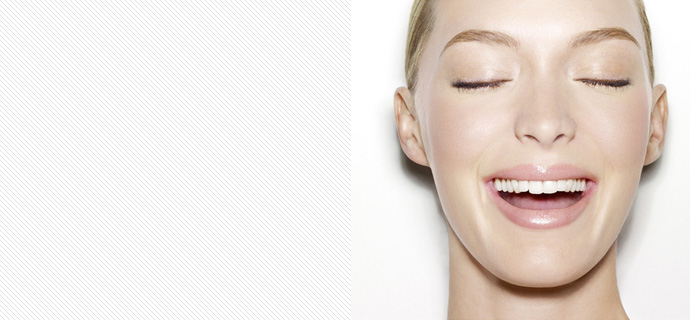Sorensen Clinic
Plastic and Reconstructive Surgery
10 Knaresborough Place
Kensington
London SW5 0TG
United Kingdom
Appointments: +44 (0) 20 7600 4444
Email: info@sorensenclinic.com
Office hours
Monday - Friday: 09.00 - 17.30

Fat atrophy results from the collective effects of decreased size, diminished function and impaired development of fat cells – changes that only occur in the face, while other regions of the body may well experience the opposite, i.e. fat accumulation. Until recently, the knowledge of facial ageing was largely observational and subjective. However, the appearance of three-dimensional scanning technology has made it possible to scientifically quantify volume changes in the face over time - allowing a detailed anatomical knowledge of the areas of the face that lose fullness.
Modern facial rejuvenative treatments represents a shift from focussing on wrinkles and sagging tissues, to a comprehensive three-dimensional approach to augmentation that treats the ageing face from ‘the inside and out’. Fat transfer, grafting and repositioning of tissues has made it possible to give a fresher topography to the face and eyelid area.
The cheek consists of four soft-tissue compartments, containing both superficial and deep subcutaneous fat. Fat atrophy may occur evenly throughout these compartments or be more pronounced in one quadrant. Medical imaging has shown that fat loss occurs first in the area below the orbit extending towards the nose which may result in formation of a dark lower circle, exposure of the bony orbital rim or formation of a tear trough.
The periorbital area contains two different types of fat: superficially in the area surrounding the eye or deep within the orbit. They represents two different entities: facial fat and ‘structural fat’ (the padding of the eye inside the orbit). These two types of fat age differently and require different treatments. Superficial fat in the periorbital area undergoes atrophy like other facial fat, but the deep structural fat is resistant to ageing. Upper eyelid fullness is lost with age, the result of fat re-arrangement towards the lower areas of the orbit.
The overall treatment aim is to achieve aesthetic facial and periorbital rejuvenation with calibrated improvements, minimal intrusiveness and short recovery time.
Fundamentally there are two different surgical treatments for facial hollowness: (1) those that optimise the fat content and revolumise the soft tissues of the face (fat transfer and microsurgical grafting), and (2) those that repositions fat and soft tissue to its original locations and thus revolumise the area.
Dr Sorensen's general recommendations for treating hollowness
● Midface and periorbital area
Fat transfer is the best technique to correct facial atrophy in the cheek and outer periorbita, providing a stable and potentially long lasting structural facial augmentation.
In the case of gravitational descent multi-layered fat grafting works in tandem with facelift techniques and the repositioning of soft tissues.
● Upper eyelid
Due to the fine structures, deeper hollowness demands detailed surgical grafting of either fat (microsurgical fat grafting and/or pearl fat grafting) or dermis (lipo-dermal graft) in order to provide a precise and layered augmentation. In addition, volume enhancing upper eyelid surgery will provide improvements for lighter degrees of upper eyelid hollowness.
● Lower eyelid
A transconjunctival lower eyelid approach allows precisely controlled fat repositioning and/or transplantation from the inside of the lid into creases along the lower border of the periorbital area. This technique can be combined with microsurgical fat grafting (lower eyelids) and conventional fat transfer to the upper cheek.